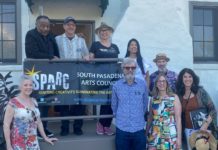
During the late 1800s, Horace M. Dobbins was listening to the crazed bicycle public. When Dobbins started the California Cycleway Company in 1897, he planned to build the region’s first elevated wooden-planked cycleway exclusively for bicycles.
In 1899, Dobbins began construction from the Green Hotel (running parallel to Fair Oaks Avenue) heading toward Raymond Hill in South Pasadena.
Following completion of the first phase, the goal then became to extend the cycleway to its downtown Los Angeles destination.
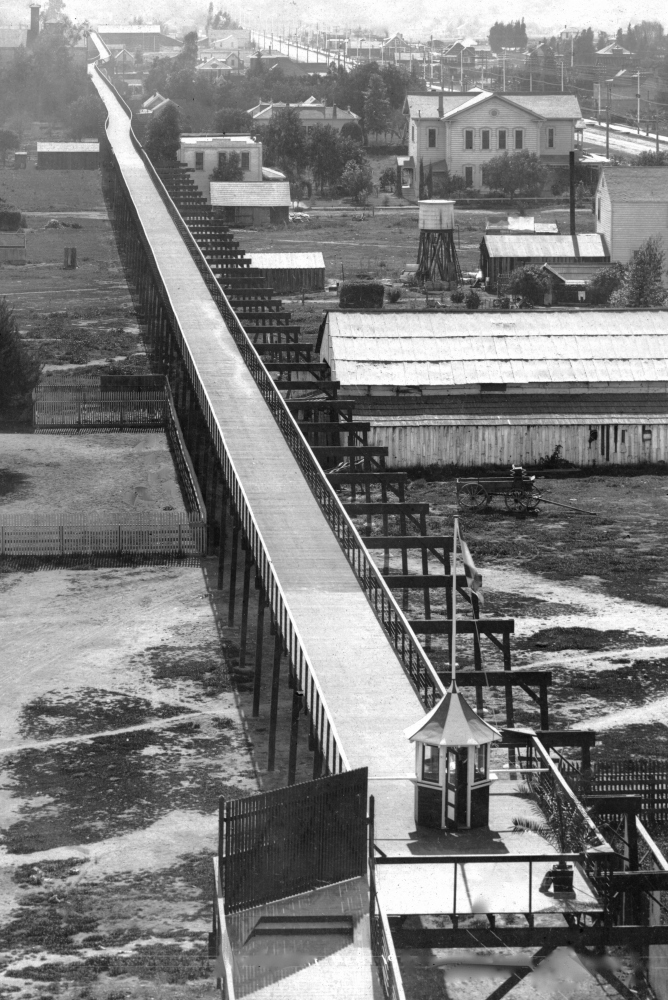
On New Year’s Day 1900 the cycleway was open to the public. One could now travel the distance between the region’s two major resort hotels (Green and Raymond) non-stop by bicycle.
The cycleway’s second phase of construction to Los Angeles was never built.
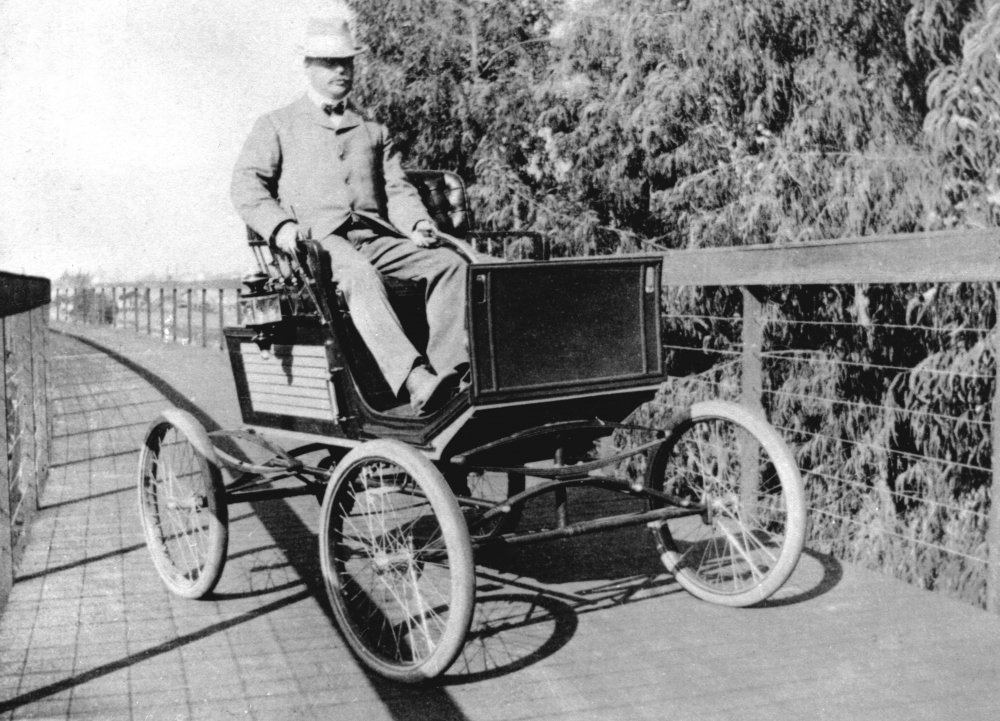
Dobbins is referred to as the “Grandfather of the Arroyo Seco Parkway” because his California Cycleway Company proposed the region’s first route between Pasadena and Los Angeles using the Arroyo Seco as the primary route. However, almost immediately after building the cycleway automobiles began to dominate travel on surface roads. The cycleway was dismantled for its lumber.






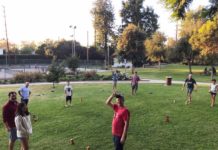
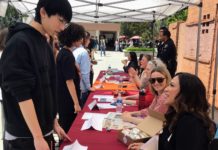







.png)








